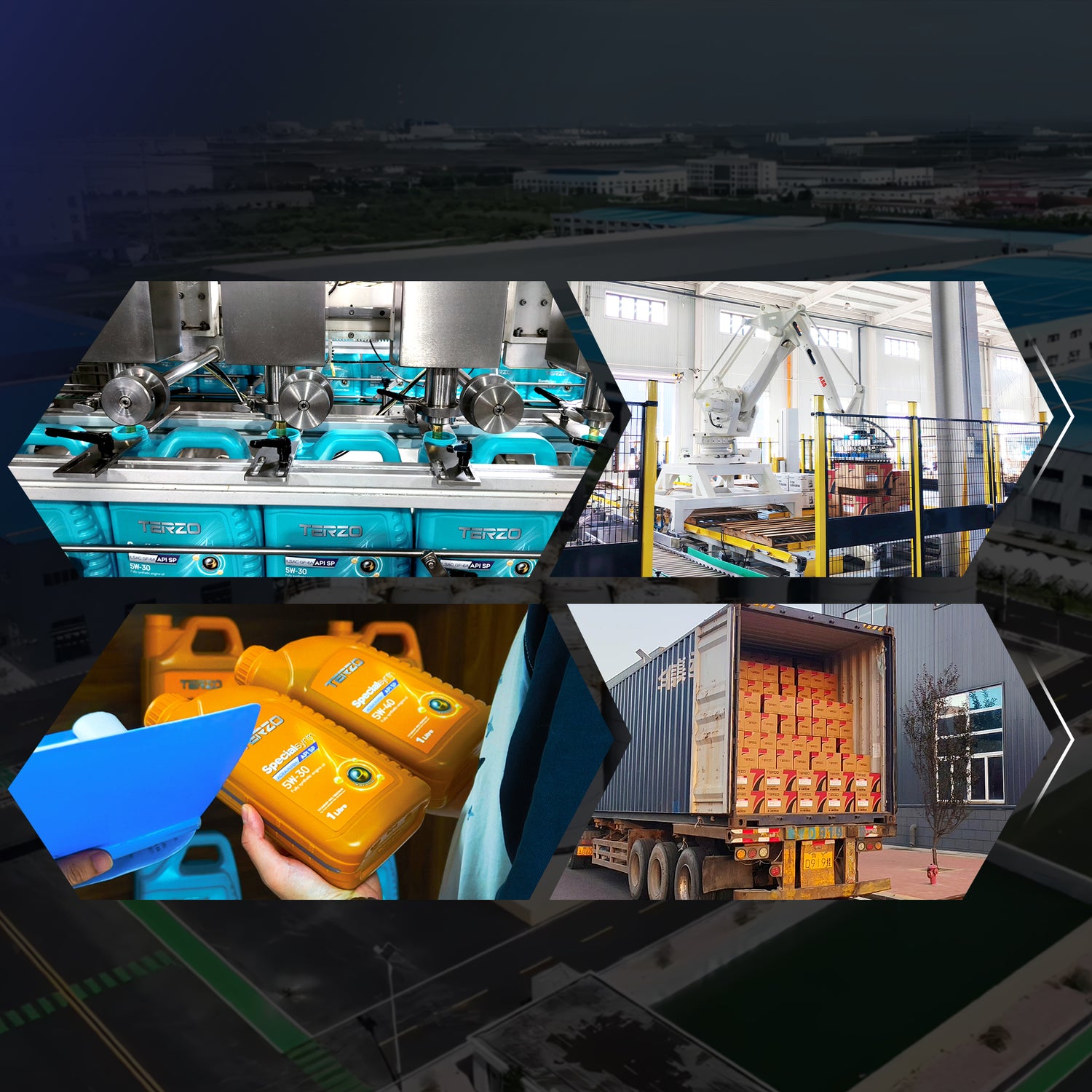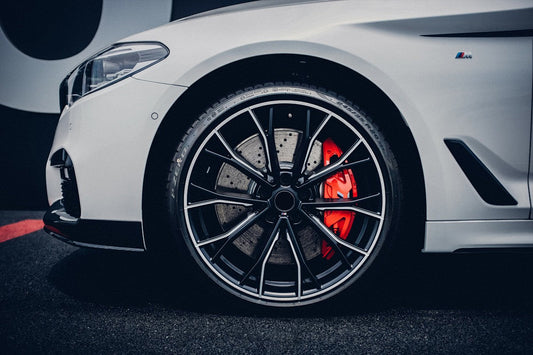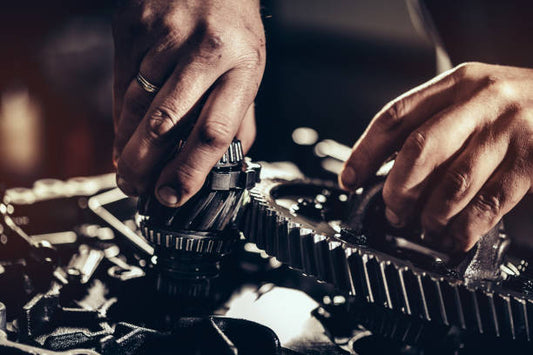
Why Low-Viscosity Engine Oil Boosts Fuel Economy
The "Hidden Fuel Consumption Traps" of High-Viscosity Oils
Frequent urban stop-and-go commutes, cold-start struggles in winter, and stringent emission regulations expose traditional high-viscosity oils (e.g., SAE 15W-40) to three critical issues: aggravated cold-start wear, excessive frictional resistance, and carbon emission violations.
For instance:
-
In Beijing winters, delayed oil circulation during cold starts causes 80% of engine wear within the first startup moment.
-
In Bangkok traffic jams, high-viscosity oils increase fuel consumption by 15%.
-
Aged mineral oils, due to poor oxidation stability, form sludge that clogs oil passages, raising annual maintenance costs by 5,000+ CNY.

The Fluid Dynamics Revolution of Low-Viscosity Oils
Low-viscosity oils (e.g., SAE 0W-20) achieve fuel efficiency breakthroughs through triple-engineered technologies:
-
Nano-scale fluid dynamics design: Reduces frictional resistance by 30% (ASTM D5183 test), cutting urban commute fuel consumption by 8%.
-
PAO+ synthetic base oil blend: Triples low-temperature pumping speed at -35°C, boosting cold-start protection efficiency by 45%.
-
API SP/GF-6A certification: Lowers carbon emissions by 12%, complying with China 6/Euro 6 standards.
Data-Backed Fuel Efficiency Performance
-
HTHS viscosity ≥2.6 mPa·s (ASTM D4683): Ensures intact lubricating films under high-speed/high-load conditions.
-
Shear stability >25% (ultrasonic testing): Withstands 200,000 RPM turbochargers without failure.
-
Phosphorus content <800ppm (ICP-OES): Protects catalytic converters, extending exhaust system lifespan.
TERZO 0W-20 series optimized for Japanese/Korean models. Click to get👉 Japanese/Korean Vehicle Compatibility Guide.
FAQ:
❓Q1: Does low-viscosity oil accelerate high-temperature wear?
✅ No! Premium low-viscosity oils combine HTHS ≥2.6 mPa·s and anti-wear additives (e.g., organic molybdenum), delivering 20% stronger high-temperature protection than conventional oils (FZG gear wear test).
❓Q2: Does fuel efficiency come at the cost of power?
✅ The opposite! Reduced friction unleashes more usable power. Mazda Skyactiv-G engines show 3.5% increased wheel horsepower in dyno tests.
❓Q3: How to choose the right SAE grade?
✅ Consult your owner’s manual + climate. Japanese cars: 0W-20/5W-20; German cars: 0W-30.




